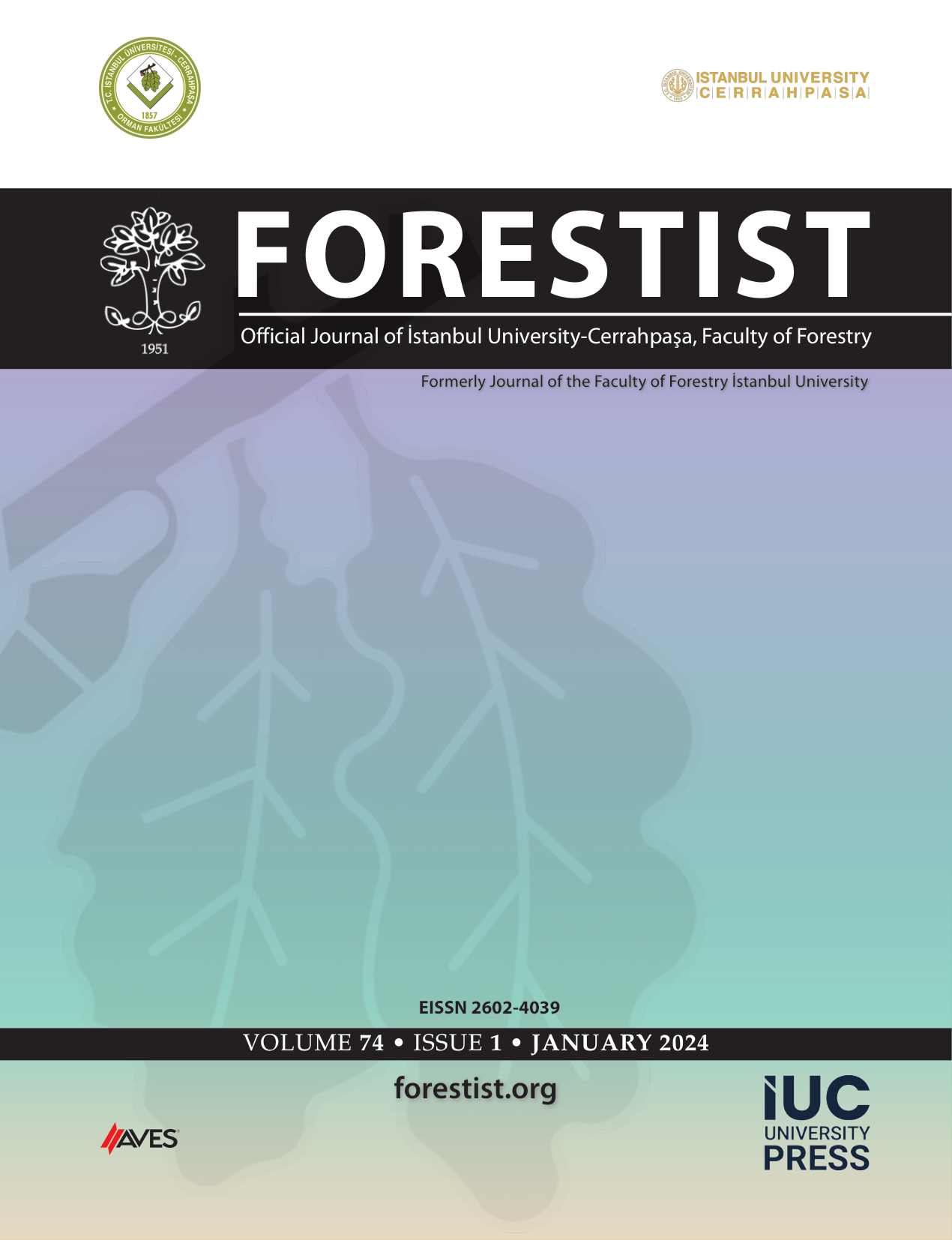Eucalyptus species is crucial in the phytoremediation of hazardous metals such as lead and cadmium. This study involved the experimentation of our different Eucalyptus species to determine the best accumulator among them. The experimenta- tion took place in Tamil Nadu Agricultural University, Coimbatore, using sand as the growing medium. The two toxic metals cadmium and lead were used at various levels on Eucalyptus camaldulensis, Eucalyptus globulus, Eucalyptus citriodora, and Eucalyptus tereticornis in the investigation, using analytical reagents grade salt of CdCl2 and Pb(NO3)2. In comparison to the other E. species, E. citriodora had the highest cadmium (17.09 mg kg–1) and lead (31.68 mg kg–1) accumulation in the root. In shoots of Eucalyptus species, peroxidase activity varied from 1.31 to 0.38 g–1 h–1, with 1.35–0.38 g–1 h–1 being the highest and 0.38 g–1 h–1 being the lowest, and 1.35–0.38 g–1 h–1 being the lowest. The enzymes like peroxidase and catalase played important role in the phytoremediation of toxic metals due to their antioxidant nature. With a higher concentration of heavy metals, peroxidase activity was reduced.
Cite this article as: Patil G., Divya M.P., Shah, P., & Maitry, A. (2024). Metal accumulation ability of di!erent Eucalyptus species at the early stage. Forestist, 74(1), 26-34.





